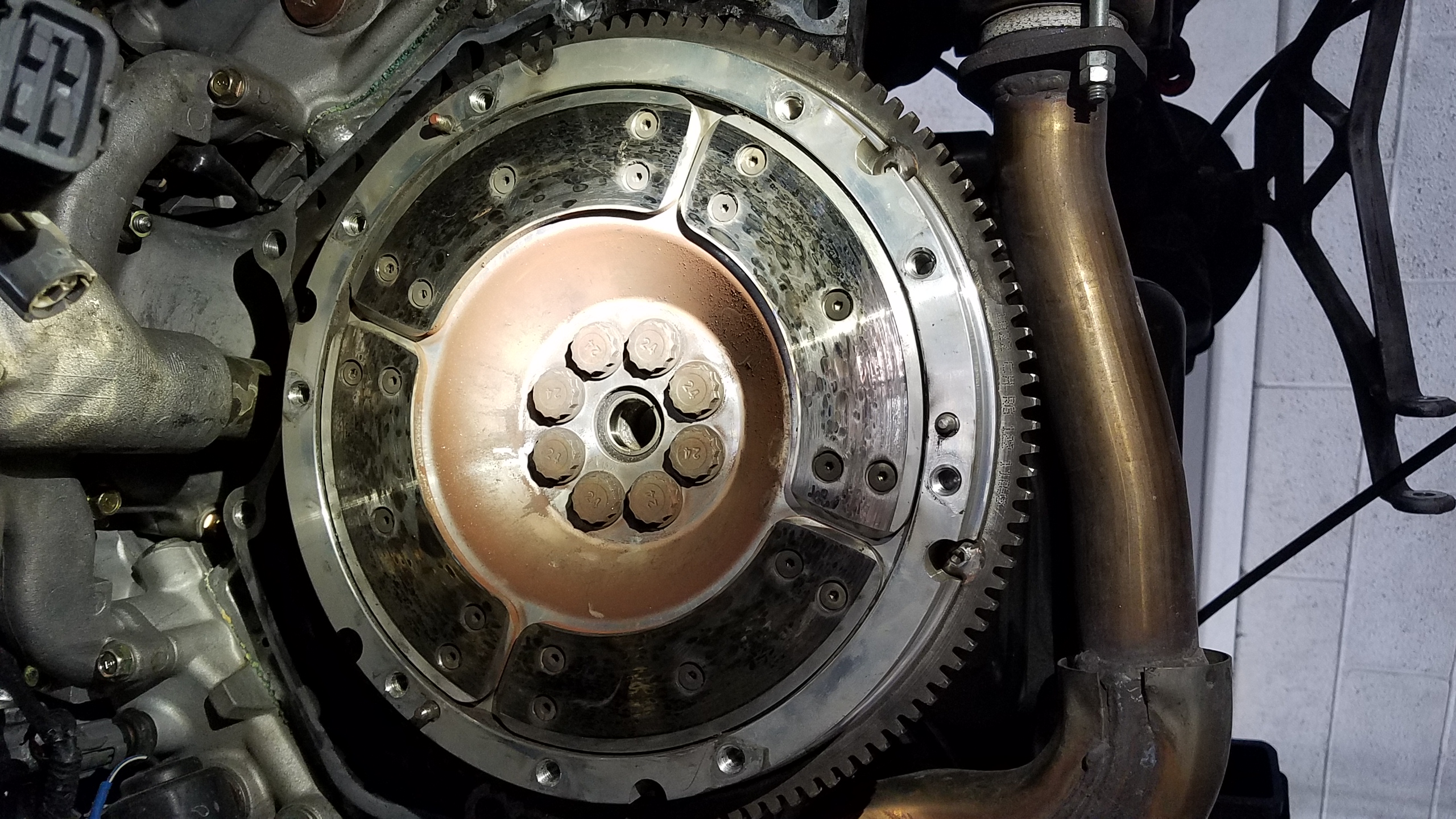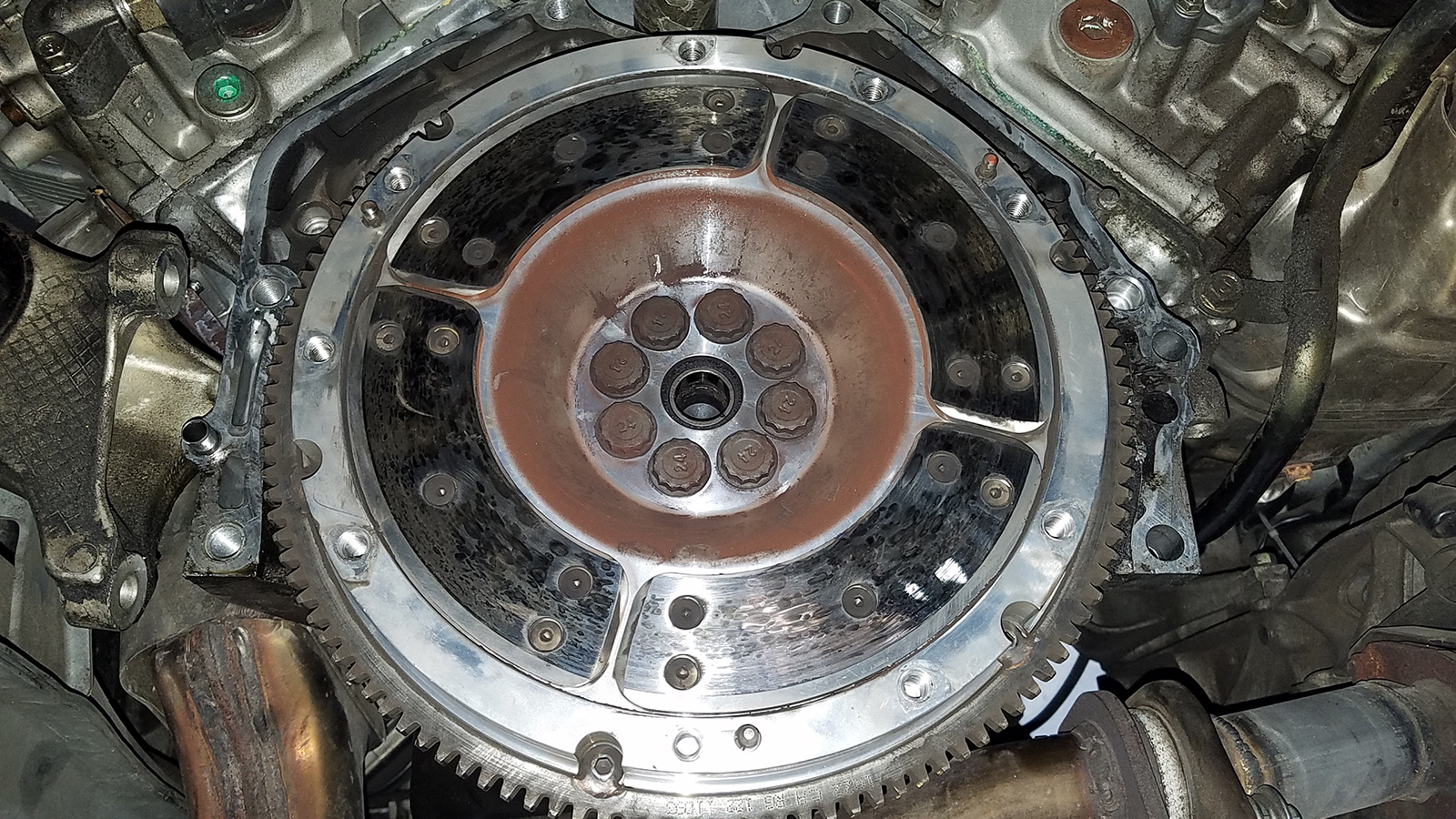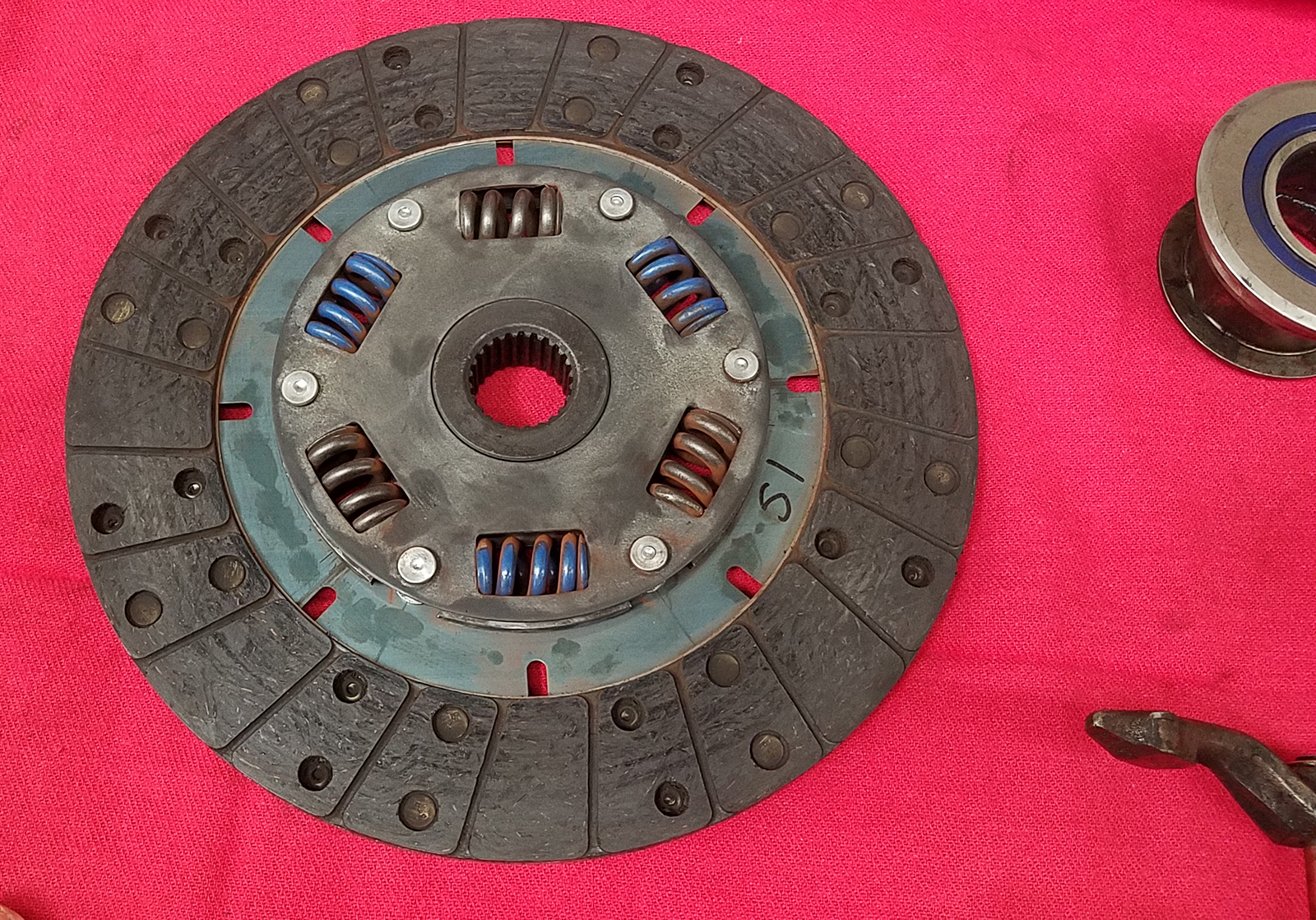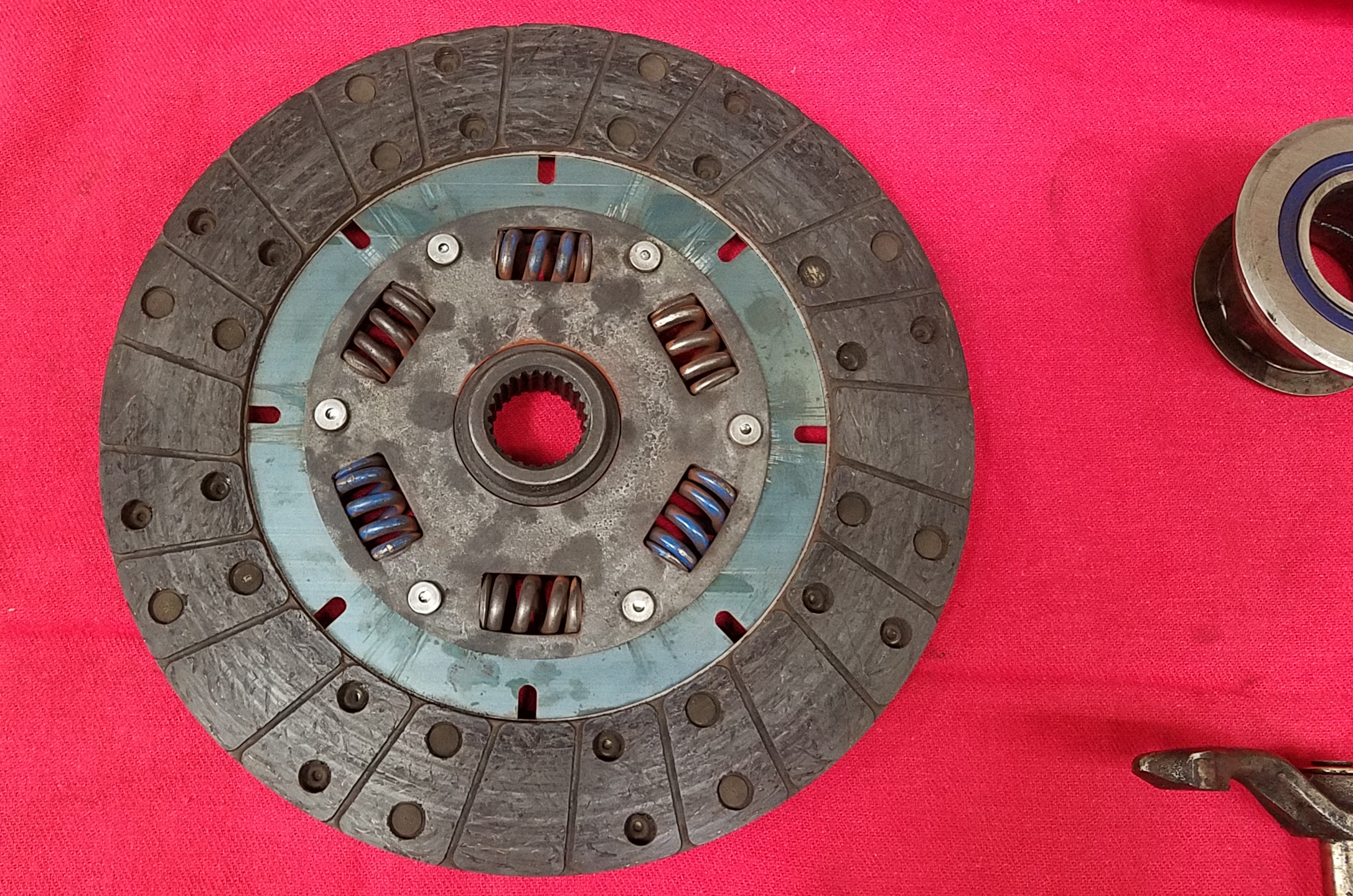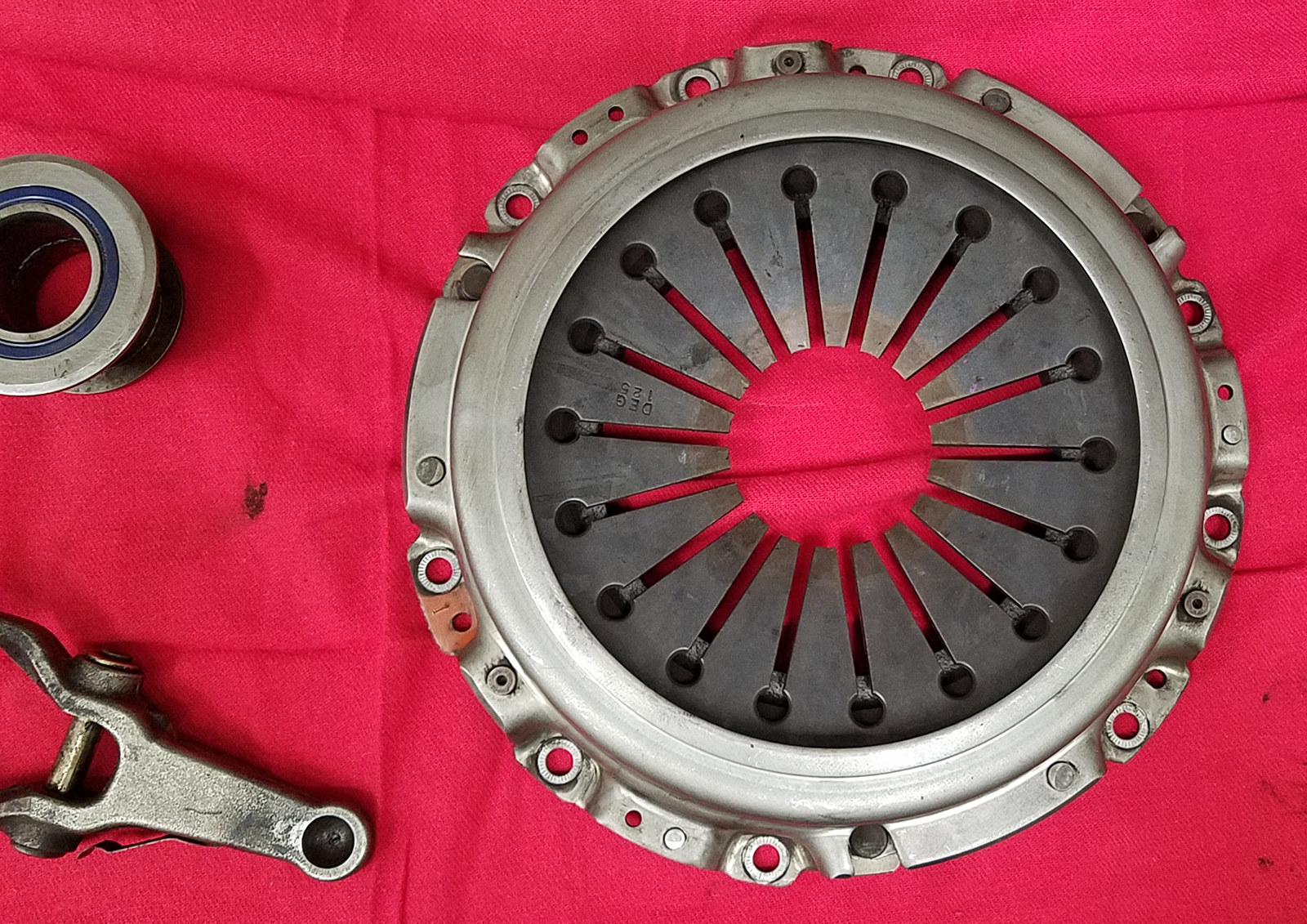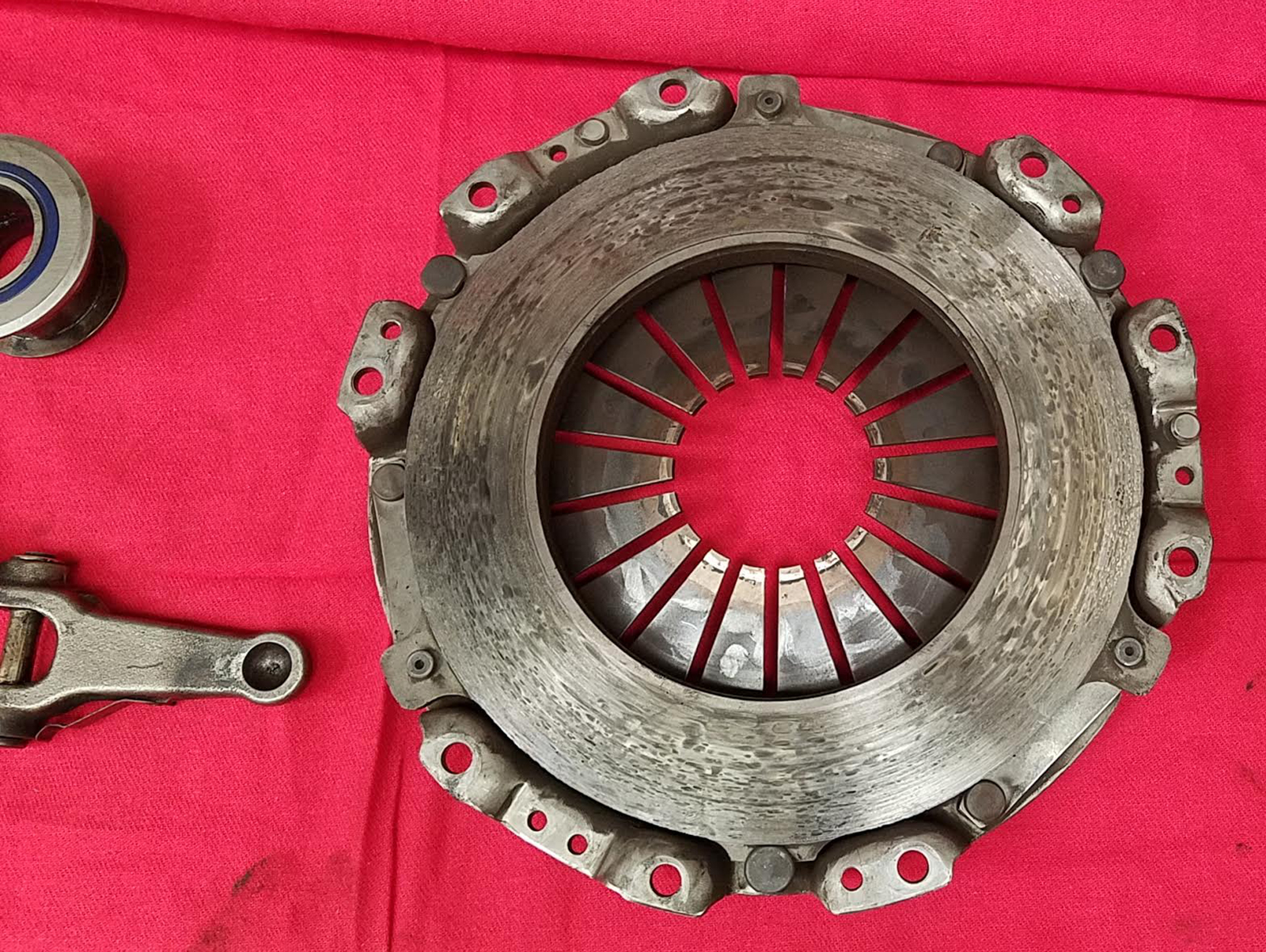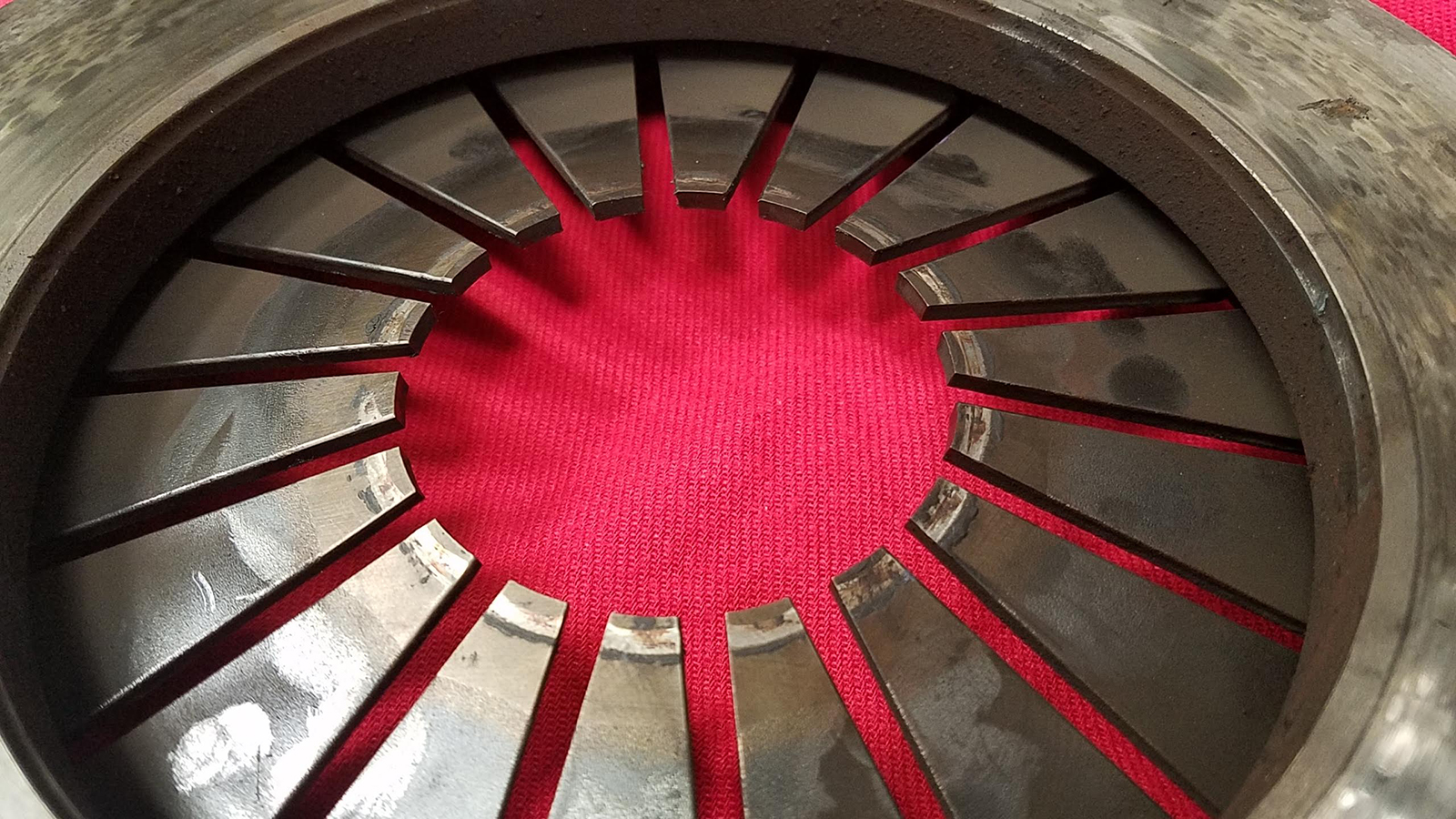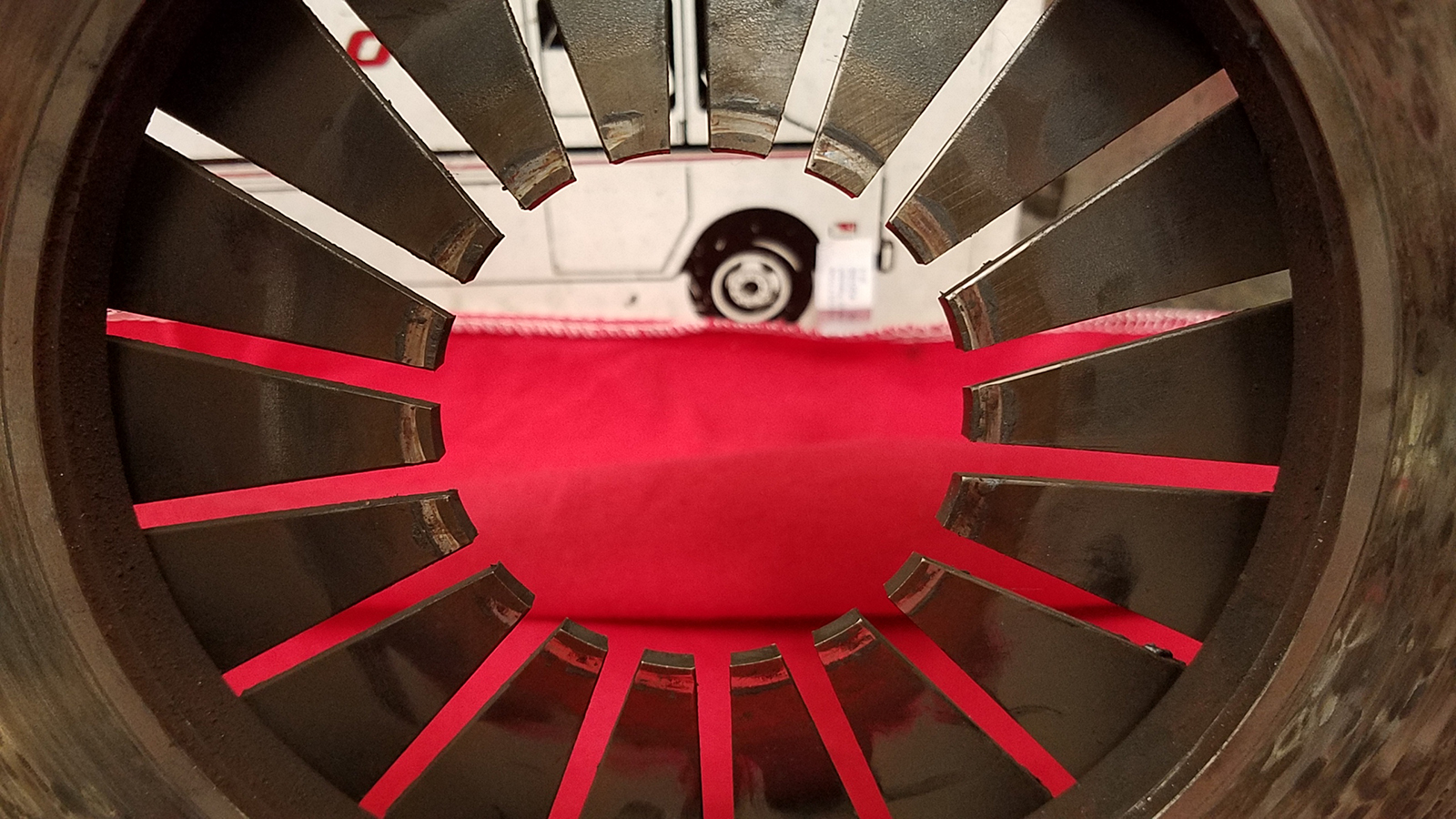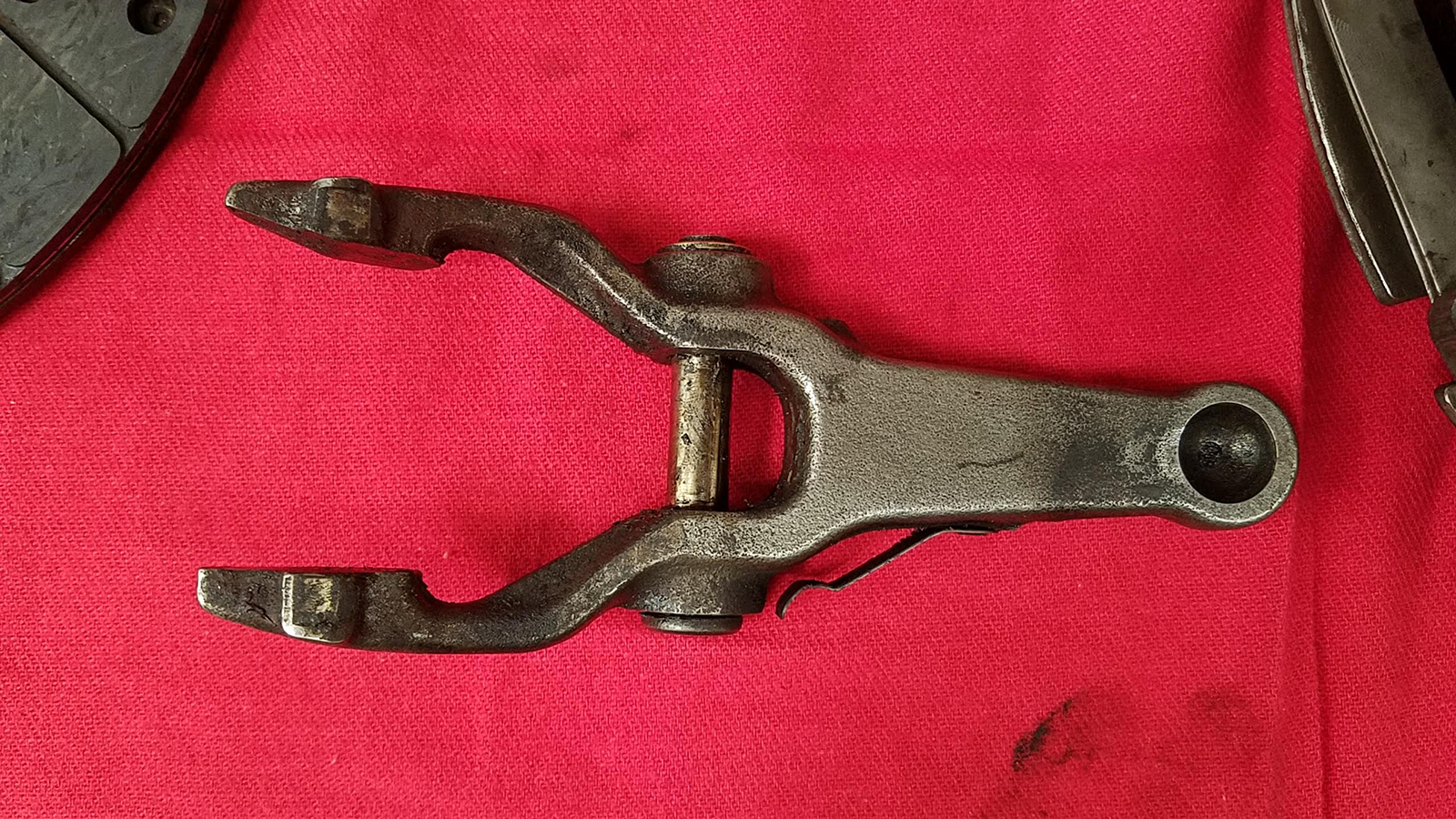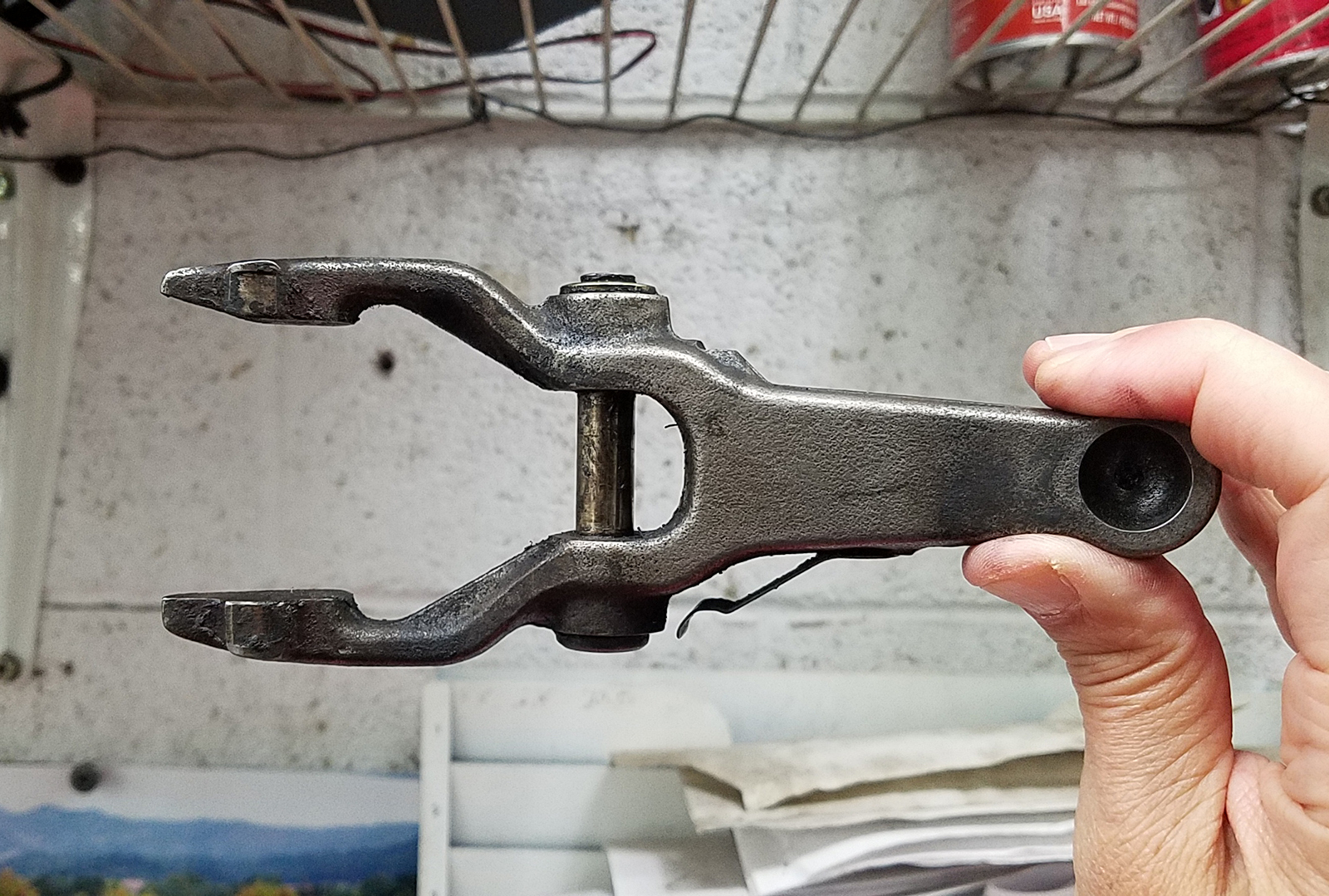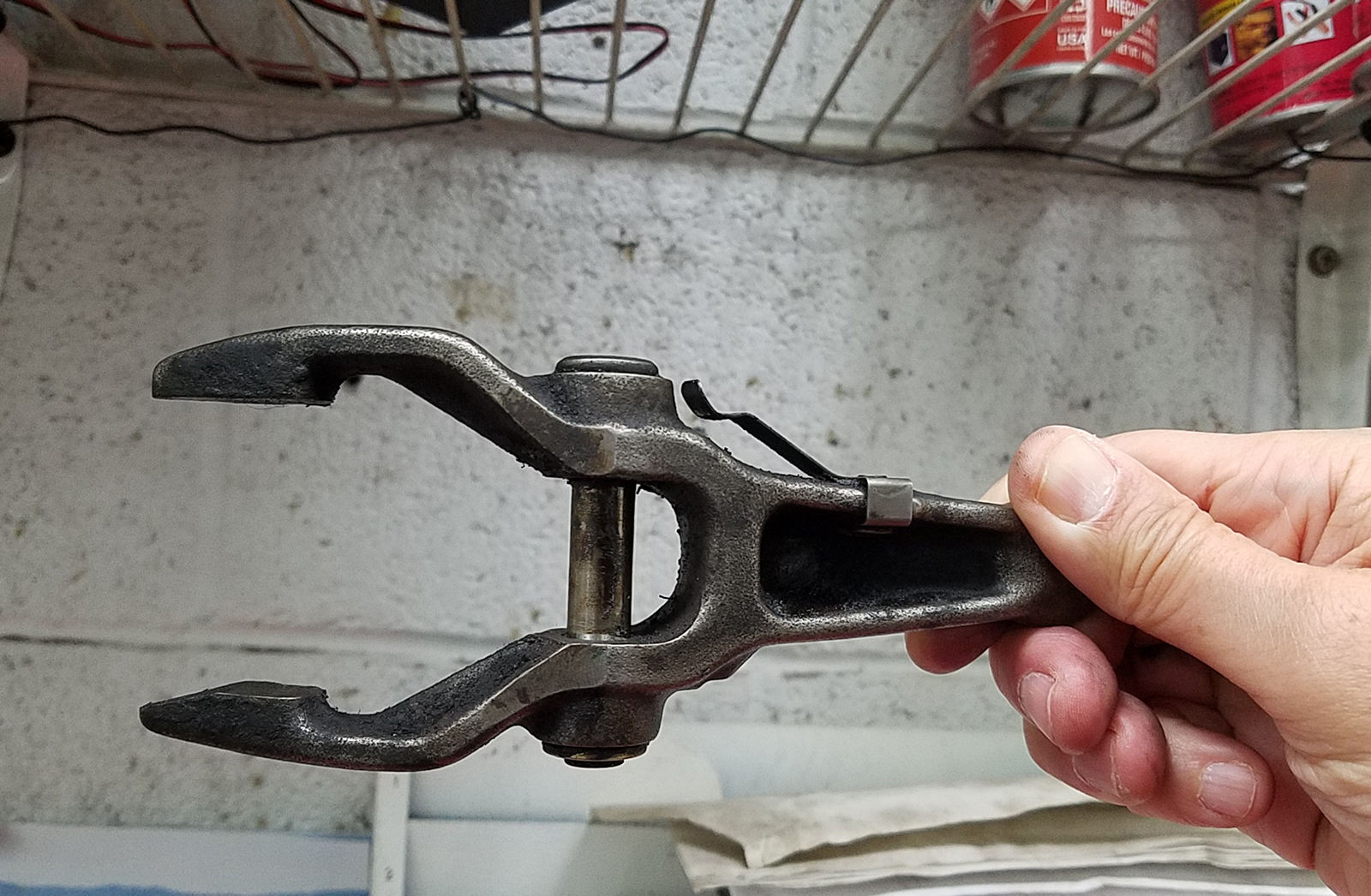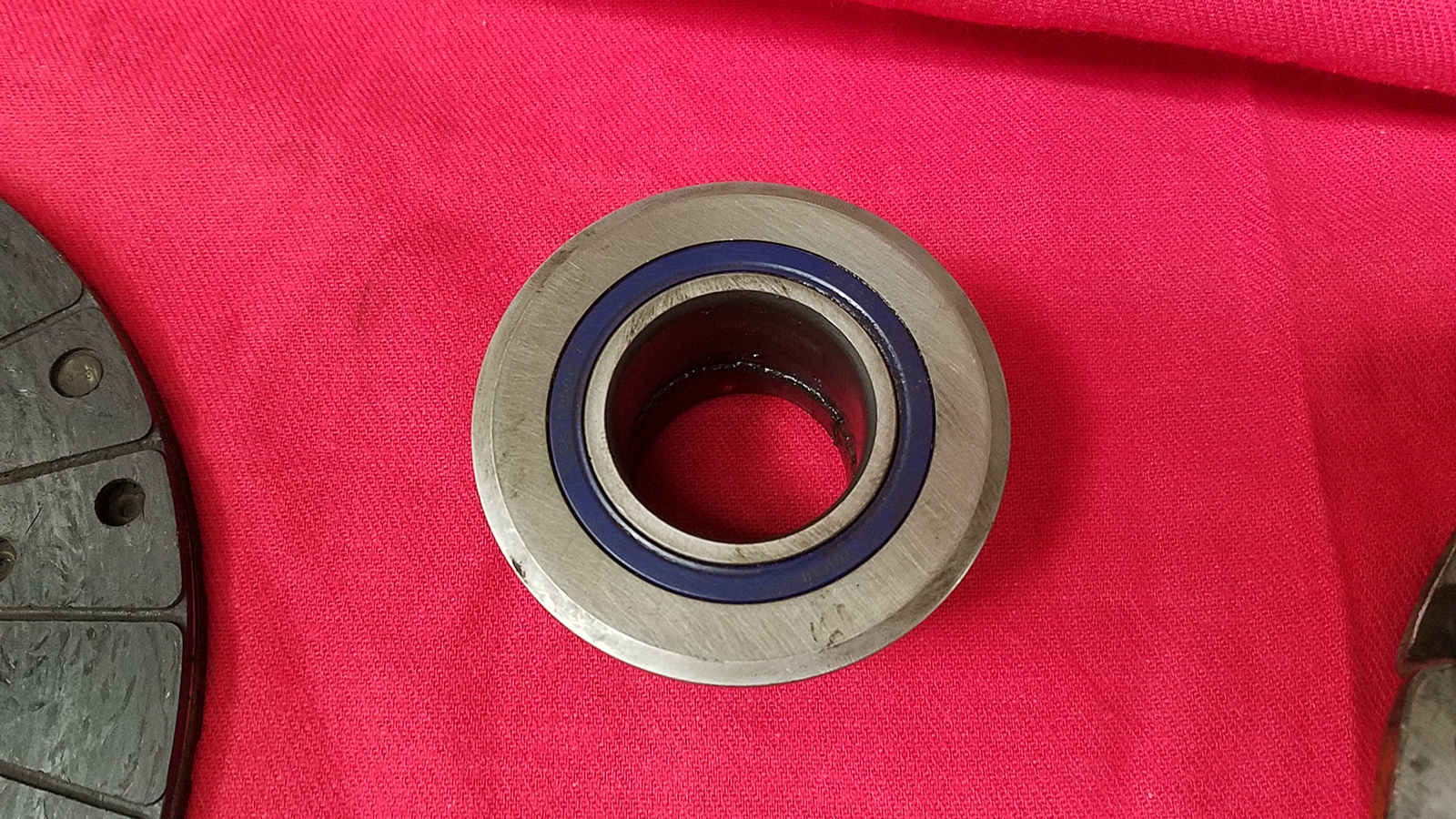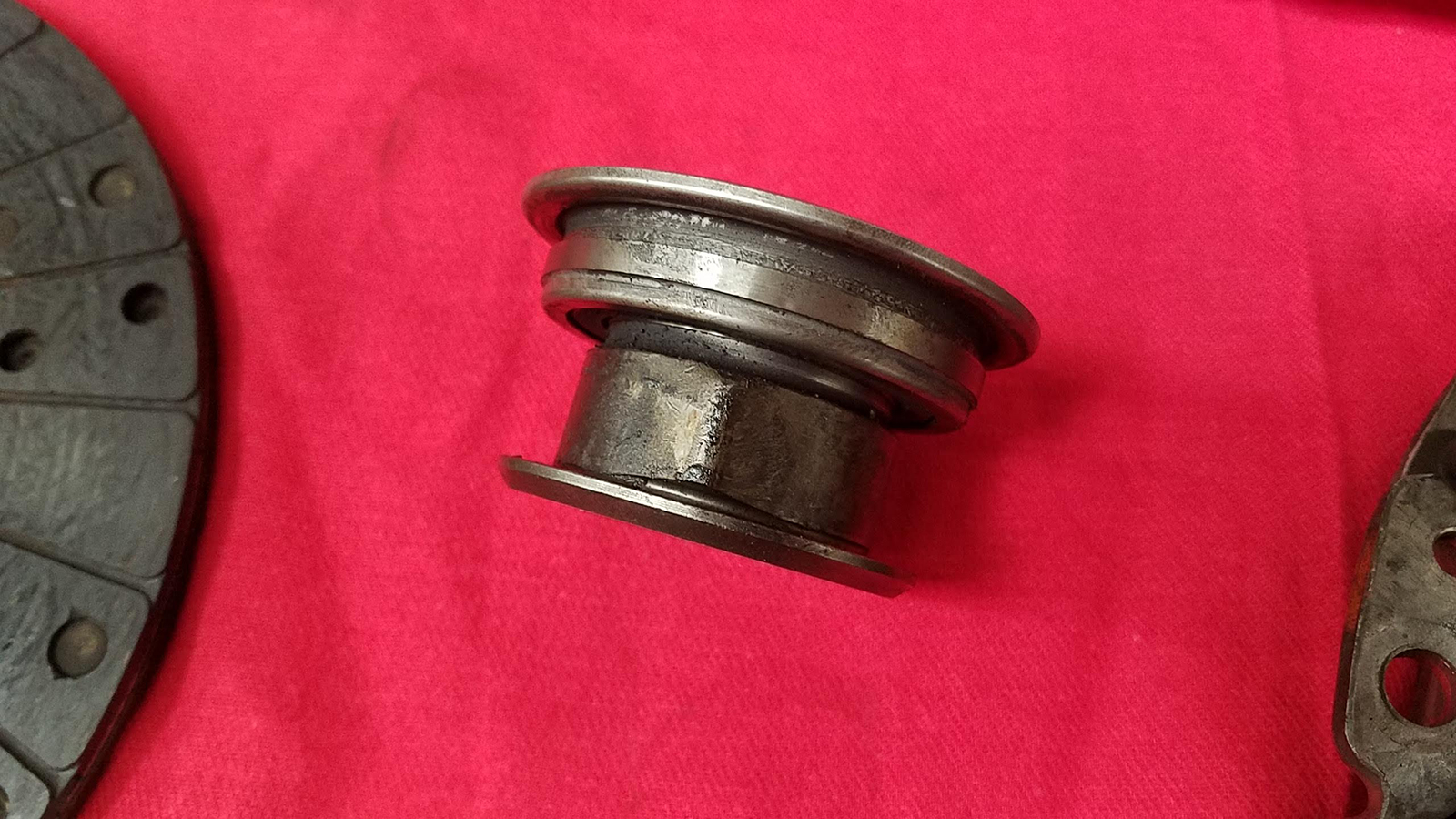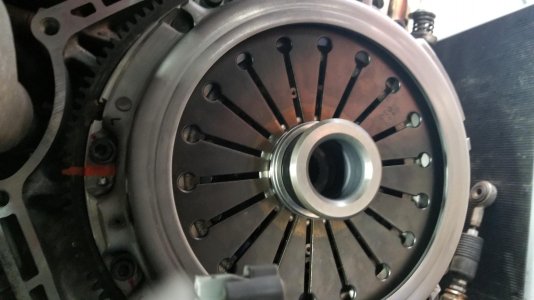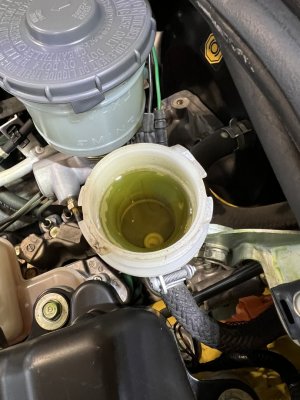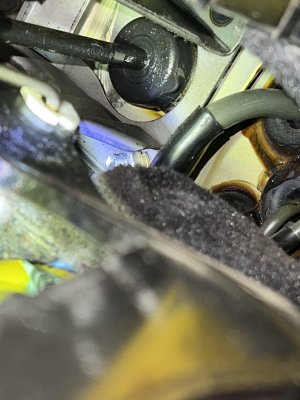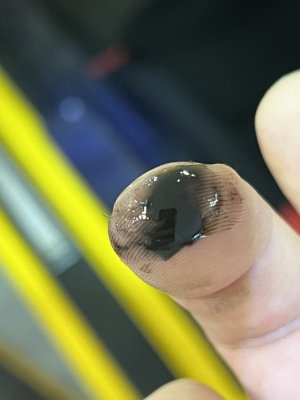Yesterday I accelerated WOT in 1st to 2nd (both to redline), then in 3rd eased up, put it in neutral and coasted about 1000-1500ft to the light (did not downshift). At this point there was nothing abnormal, no grinding (neither heard nor felt), no mis-shifts, and nothing seemed out of the ordinary.
Once at the light, however, I realized it did not want to go into 1st. Was able to get it into 2nd and just babied it home a mile from that intersection. It seemed to drive normal making way through residential without ever completely stopping until home and clutch pedal weight/effort all seem normal. Back in the garage w/clutch depressed it does not want to go into 1st or R but can get it into 2nd and 3rd but requires some effort (did not try 4 or 5). When the car is off, and whether the clutch is depressed or not, the gears go from 1 to 5 very easily but will not go into R (have not driven since).
Eager to hear Primer's thoughts on this... any help appreciated!
Relevant History: '92 with 62k on it. At 52k I ordered an SOS built 5-spd JDM short-gear trans w/NSX-R final drive and new SOS Sport 275 clutch+flywheel all installed at local Acura dealership. Also had clutch master+slave cylinders, lines, o-rings, hoses, reservoir all replaced at 58k (@same place). It is naturally aspirated w/following mods (if that's a factor): I/H/E, Prospeed RDX Inj+CAI, chipped & tuned, ATI super damper (produces 258HP@201lb-ft SAE adjust@5100ft elevation) thanks
Once at the light, however, I realized it did not want to go into 1st. Was able to get it into 2nd and just babied it home a mile from that intersection. It seemed to drive normal making way through residential without ever completely stopping until home and clutch pedal weight/effort all seem normal. Back in the garage w/clutch depressed it does not want to go into 1st or R but can get it into 2nd and 3rd but requires some effort (did not try 4 or 5). When the car is off, and whether the clutch is depressed or not, the gears go from 1 to 5 very easily but will not go into R (have not driven since).
Eager to hear Primer's thoughts on this... any help appreciated!
Relevant History: '92 with 62k on it. At 52k I ordered an SOS built 5-spd JDM short-gear trans w/NSX-R final drive and new SOS Sport 275 clutch+flywheel all installed at local Acura dealership. Also had clutch master+slave cylinders, lines, o-rings, hoses, reservoir all replaced at 58k (@same place). It is naturally aspirated w/following mods (if that's a factor): I/H/E, Prospeed RDX Inj+CAI, chipped & tuned, ATI super damper (produces 258HP@201lb-ft SAE adjust@5100ft elevation) thanks
Last edited:









